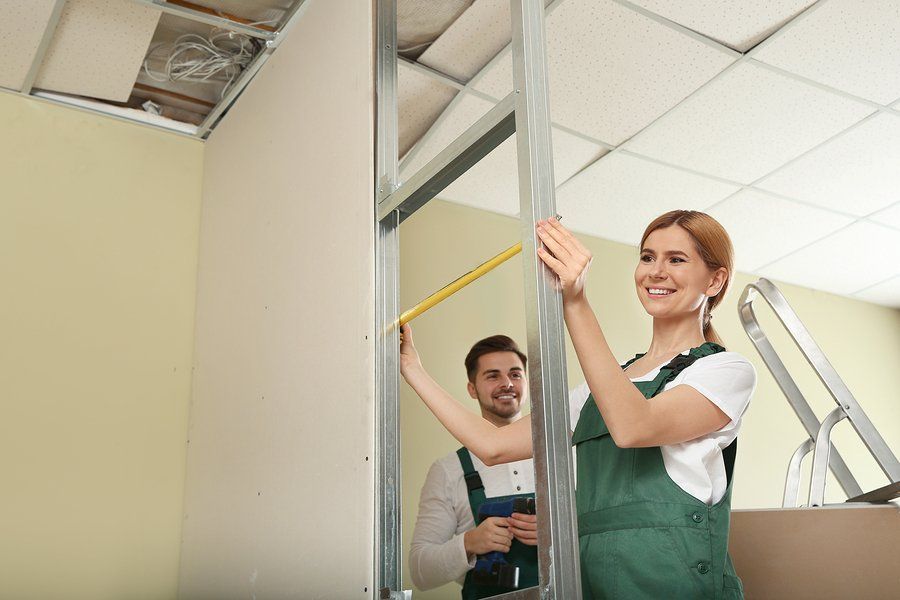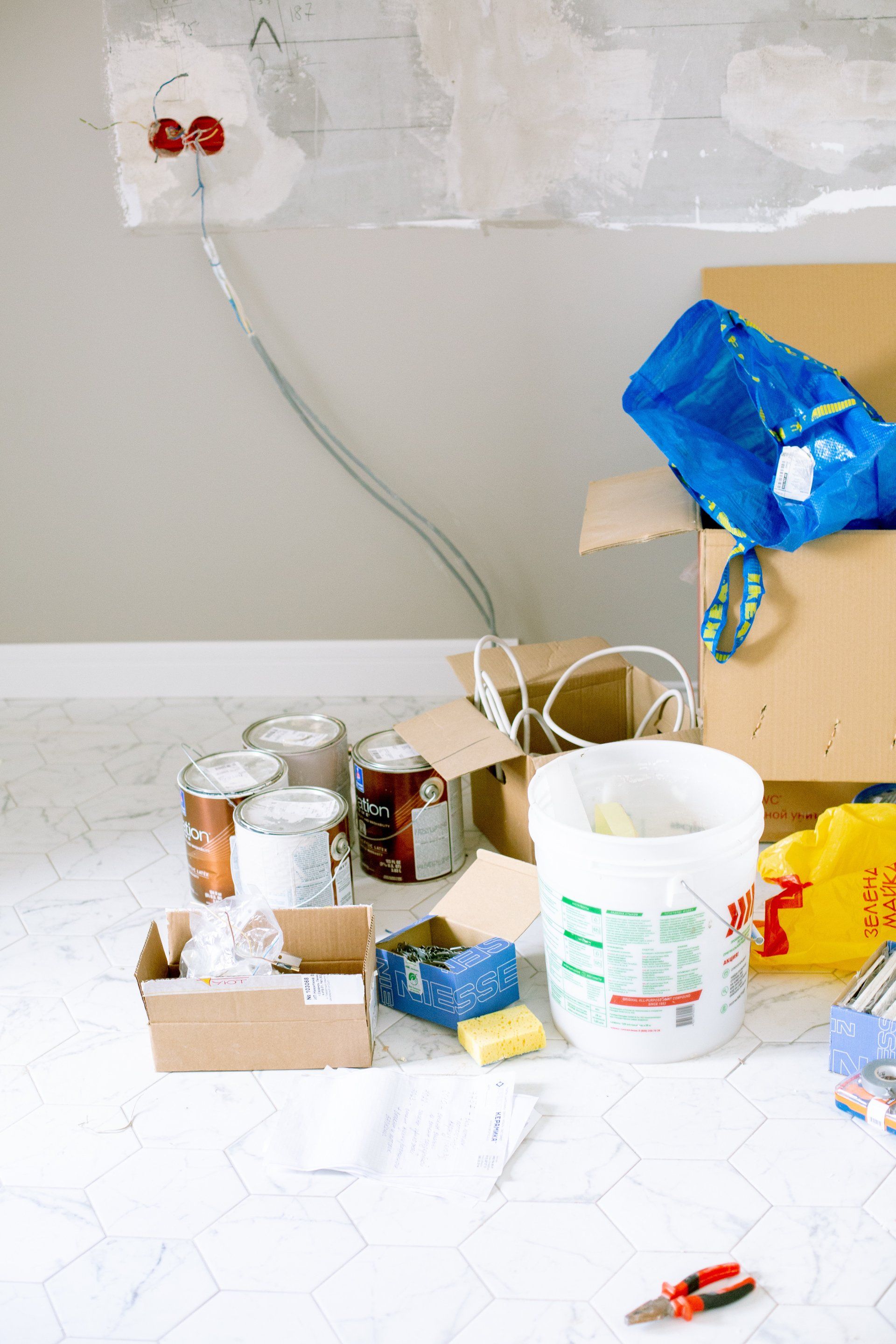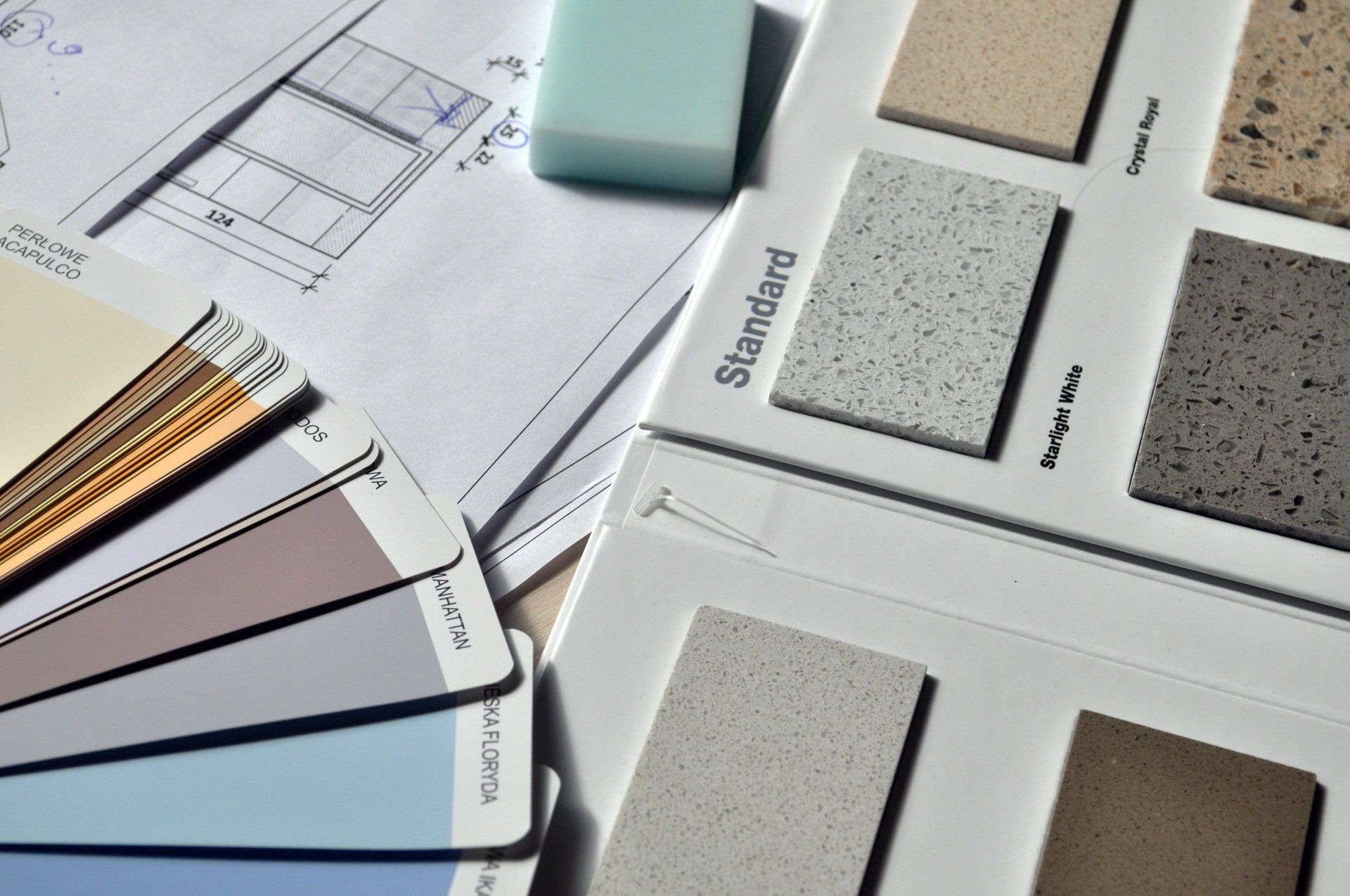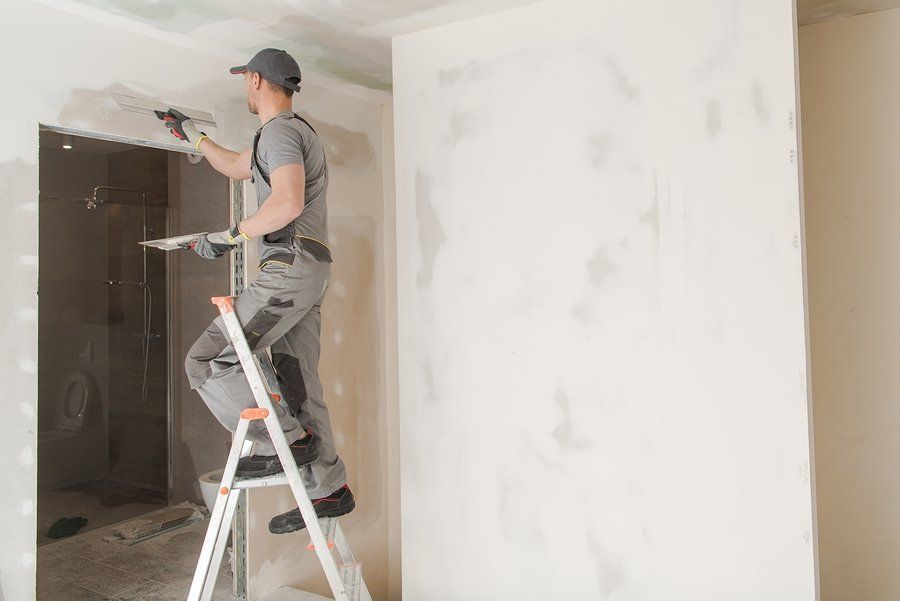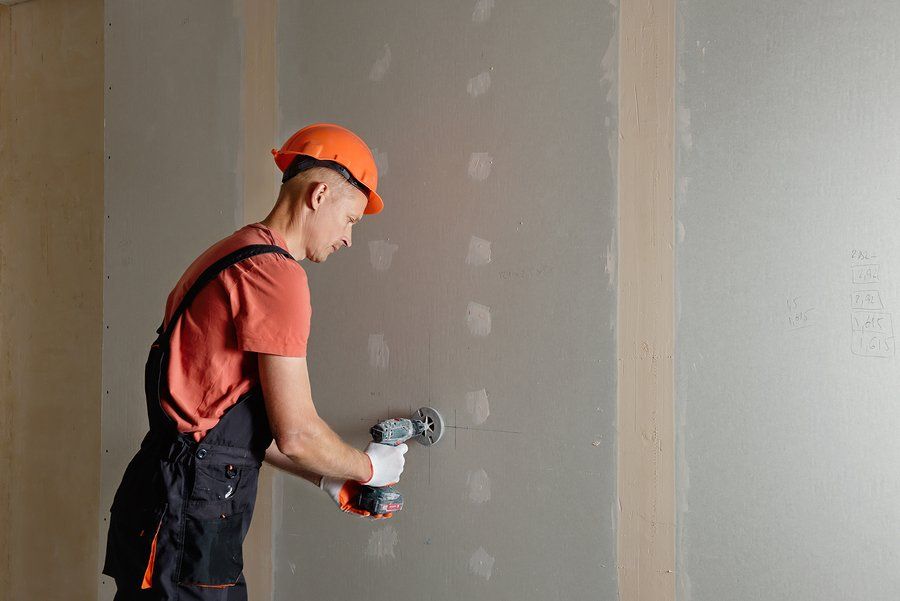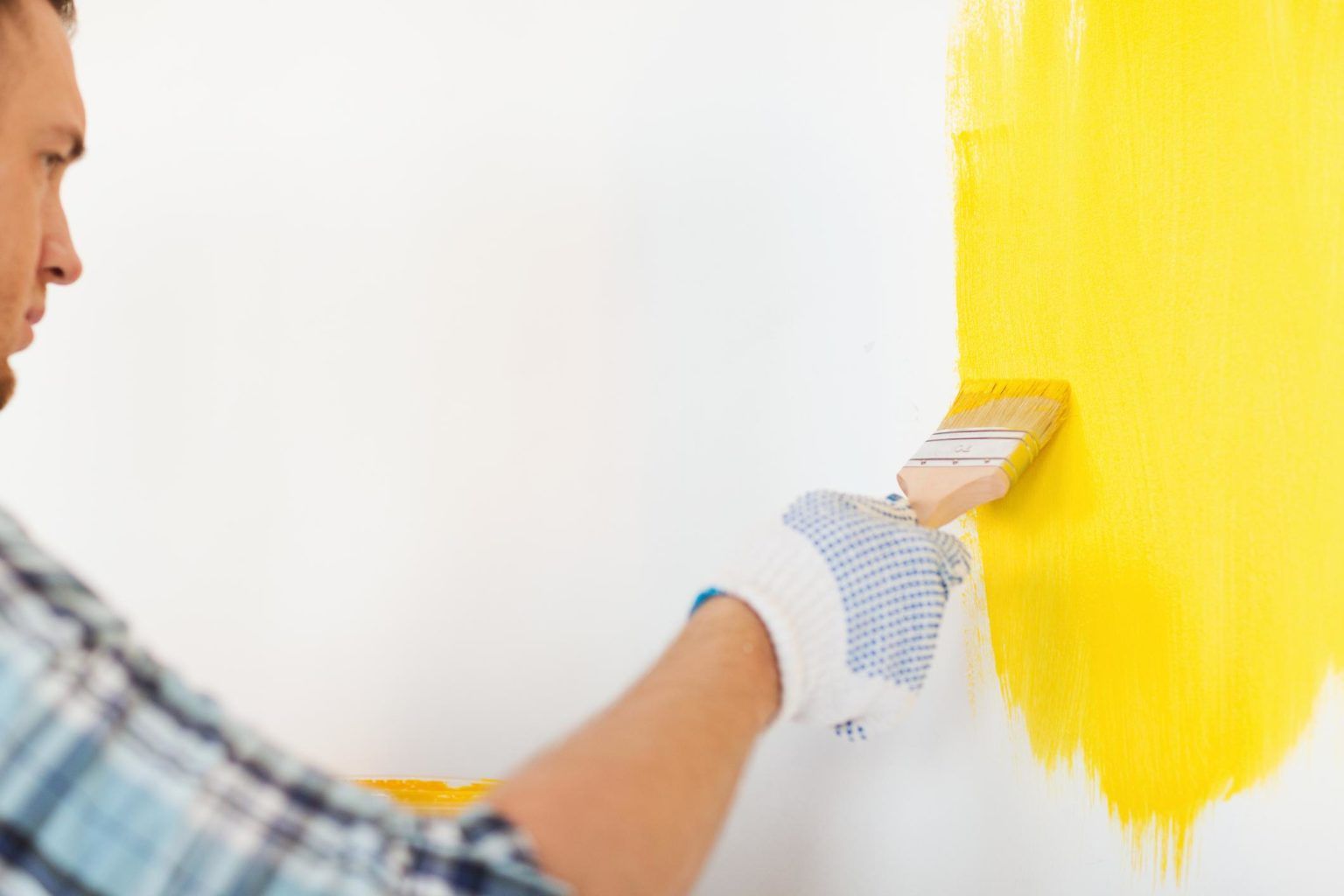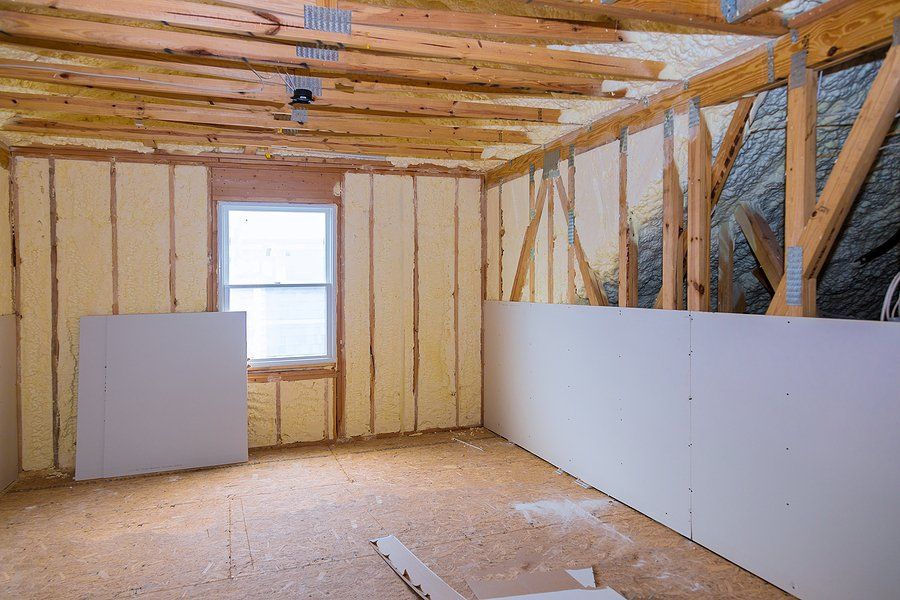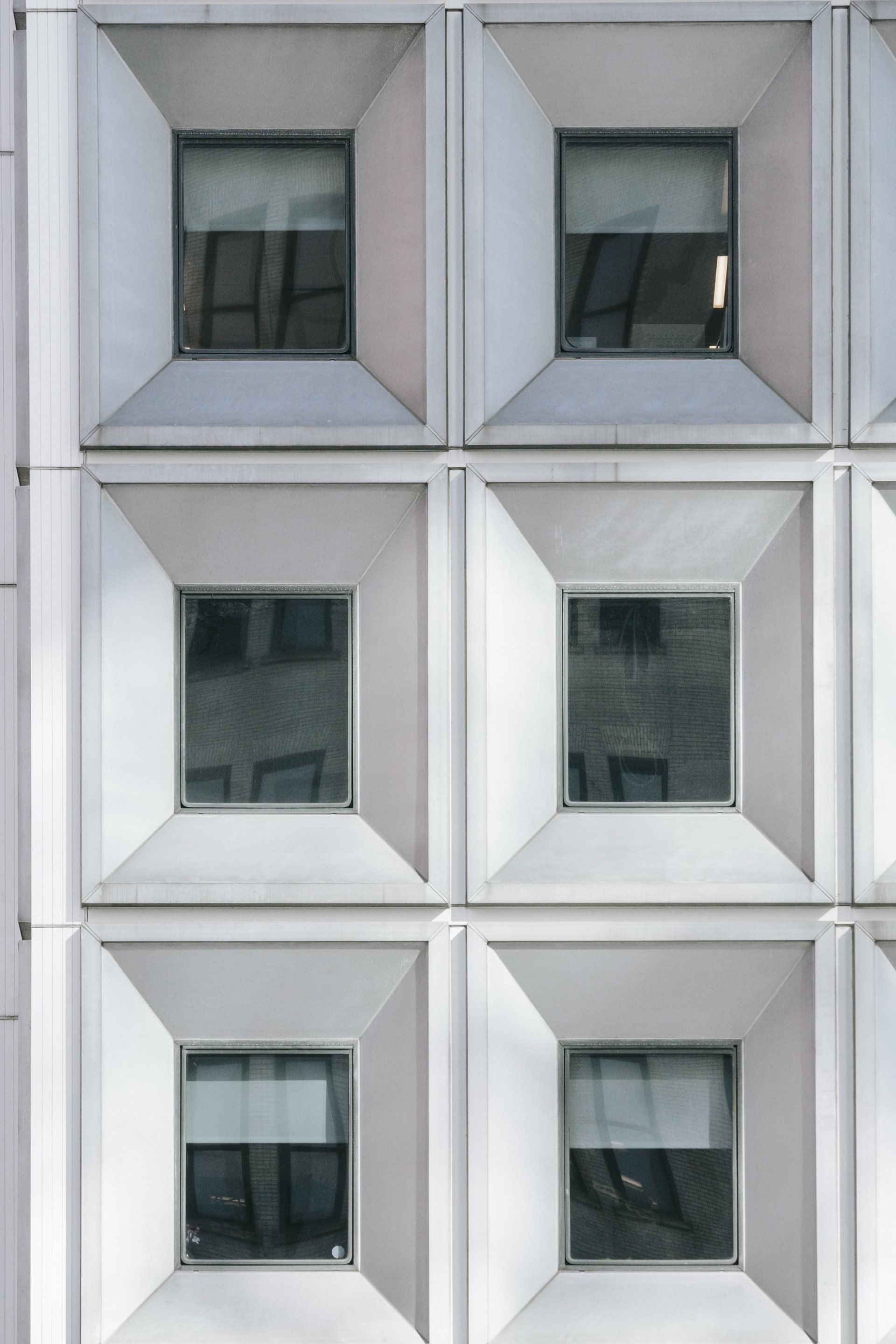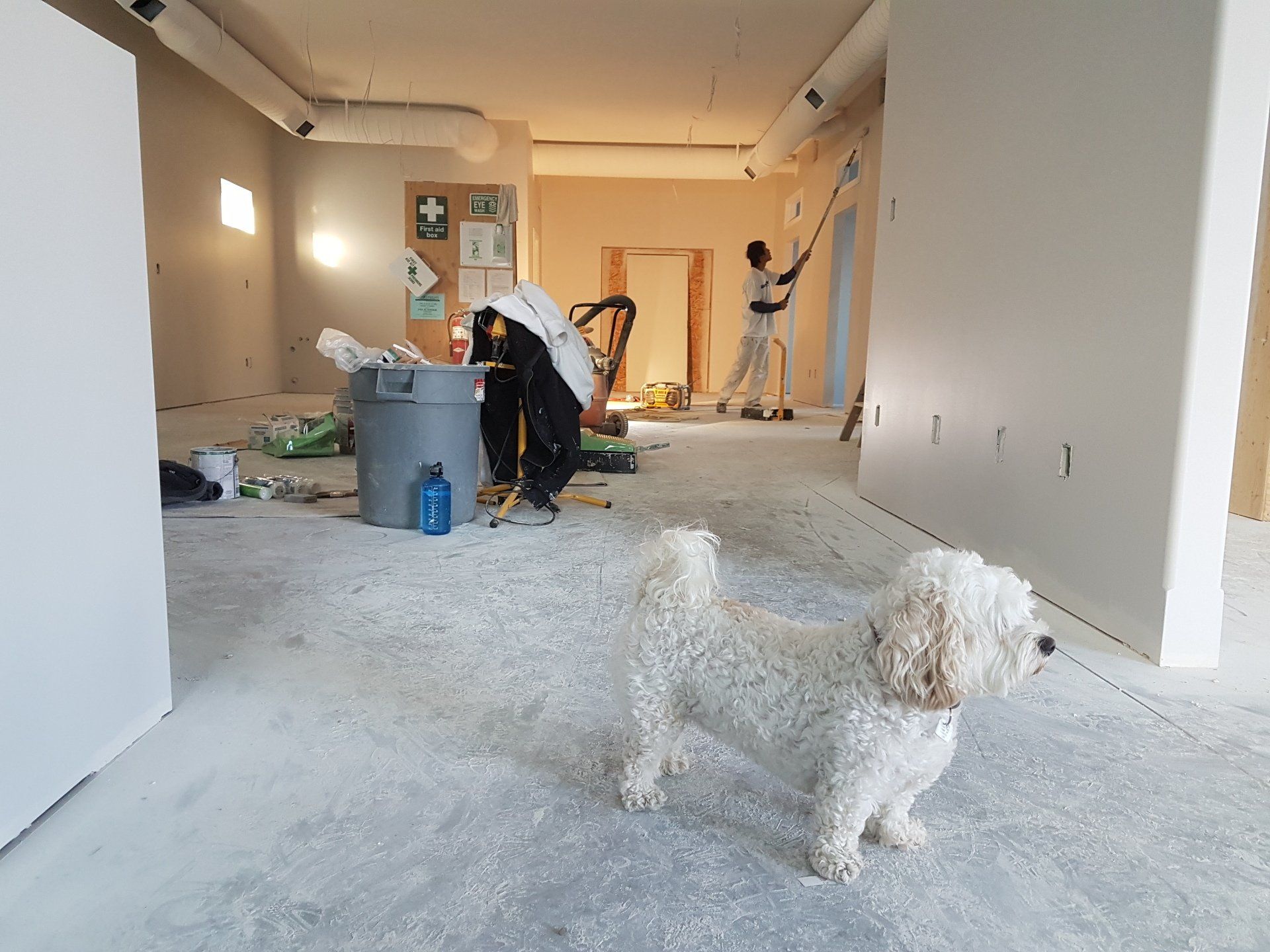Breaking Down the Cost to Install Drywall: What Homeowners Need to Know
Unveiling Drywall Installation Costs: Key Factors and Budgeting Tips for Homeowners
Embarking on a home renovation or construction project can be an exhilarating journey. Among the myriad decisions homeowners face, one critical choice is selecting the right materials for walls and ceilings. Drywall, a staple in modern construction for creating smooth, paint-ready surfaces, often tops the list. However, understanding the cost to
install drywall is crucial for budgeting and planning your project effectively. This article aims to demystify the expenses involved, offering a comprehensive overview that every homeowner should consider.
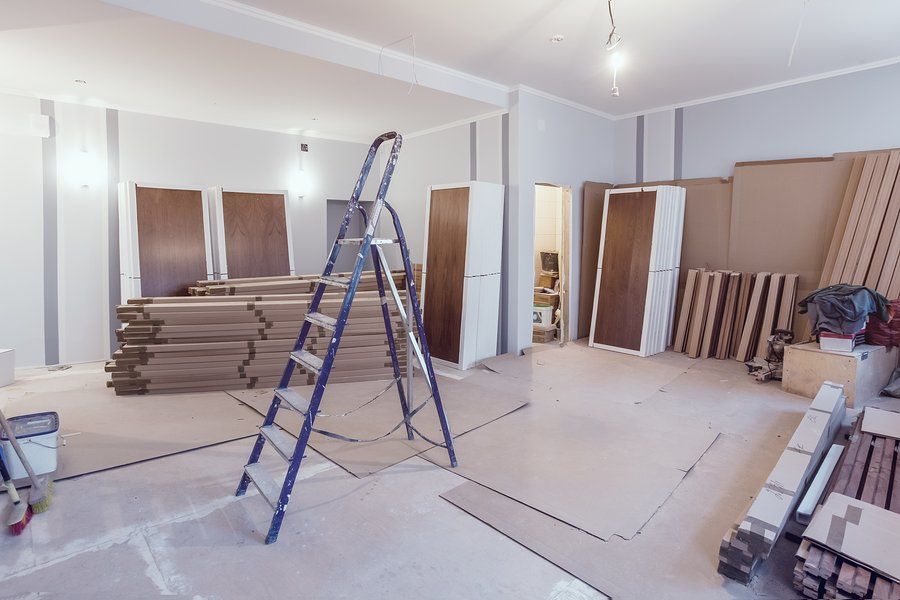
Cost to Install: The Basics
The cost to install drywall involves several factors, including materials, labor, and the complexity of the project. Prices can vary widely based on the size of the area to be covered, the type of drywall chosen, and your geographic location.
Drywall Ceiling Installation Costs
When it comes to ceilings, the cost to install sheetrock on ceiling and the labor cost to install drywall ceiling are influenced by the height of the ceilings and the need for specialized equipment like scaffolding. The average cost to install drywall ceiling reflects the additional labor required for these often more challenging installations.
Per Square Foot Pricing
The average cost to install drywall per square foot is a common metric for estimating project costs. This figure helps homeowners and contractors alike gauge the scope and scale of a project. It includes the average labor cost to install drywall, offering a ballpark figure that accounts for both materials and labor.
The Details of Sheetrock
Sheetrock, a brand name for drywall, is synonymous with quality and durability. For ceilings, the labor cost to install sheetrock ceiling might be slightly higher due to the precision required in finishing this visible area of a room. The average labor cost to install drywall and sheetrock reflects the expertise needed to ensure a flawless finish.
Finishing Costs
Beyond installation, finishing drywall is an art. The average cost to install and finish drywall encompasses joint taping, sanding, and preparing the surface for painting or wallpapering. Similarly, the labor cost to install drywall and finish involves meticulous work to achieve a smooth, seamless appearance. The cost to install and finish drywall ceiling can be higher, given the gravity-defying nature of the work.
Averages and Estimates
While the average cost to install drywall ceiling provides a general idea, it's important to obtain detailed quotes from contractors. These estimates should factor in the specifics of your project, including any complexities or custom work required.
Navigating the Costs: Beyond the Basics
When budgeting for drywall installation, homeowners should consider more than just the average costs. Factors such as the type of drywall, the finish level desired, and any additional features like soundproofing or moisture resistance can significantly impact the final price.
Type of Drywall: A Key Cost Factor
The cost to install drywall can vary based on the type of drywall chosen. Standard drywall is the most cost-effective option, but specialized products like mold-resistant, fire-resistant, or sound-dampening drywall come at a premium. These options offer significant benefits for specific applications, such as bathrooms, basements, or home theaters, and should be considered in the context of your project's specific needs.
Finish Levels Defined
The finish level of drywall installation also plays a critical role in the project's cost. There are several levels of finish, from basic joint taping to a smooth, skim-coated surface ready for high-gloss paint or delicate wallpaper. The average cost to install and finish drywall increases with the level of finish, reflecting the additional labor and materials required to achieve finer textures and finishes.
Custom Features and Considerations
For projects with unique architectural features, such as curved walls or custom niches, the labor cost to install drywall may be higher. These elements require more time and skill to install and finish, impacting the overall budget. Additionally, if the installation includes high or vaulted ceilings, the cost to install and finish drywall ceiling will reflect the complexity and risk involved in working at height.
Planning for Success
Successful drywall installation projects start with detailed planning and clear communication with your contractor. When discussing your project, be sure to cover all aspects that could affect the cost to install drywall, including:
Removal and Disposal:
If the project involves removing old drywall or plaster, consider the costs and logistics of disposal.
Preparation Work: Assess the need for any preparatory work, such as framing adjustments or insulation updates, which could affect the timeline and budget.
Finishing Touches: Discuss your expectations for the final appearance, including the choice of paint or wallpaper, as these decisions can influence the required level of drywall finish.
By thoroughly understanding the factors that influence the cost to install drywall, homeowners can make informed decisions that balance their desires with their budget. Remember, the goal is not just to install drywall but to create a beautiful, functional space that meets your needs and enhances your home for years to come.
Impact of Asbestos and Lead Paint
When dealing with older homes, the presence of asbestos and lead paint can significantly affect the cost to install drywall. Removal of these hazardous materials requires specialized procedures and equipment, which can add to the overall expense. It's crucial to have your home inspected for these substances before beginning any drywall work. The costs associated with asbestos and lead paint removal can be substantial, but they are necessary for ensuring a safe living environment.
Plumbing and Electrical Considerations
Integrating plumbing and electrical systems into your drywall project can also impact costs. For instance, installing drywall around new or existing plumbing requires precise cuts and adjustments. Similarly, accommodating electrical wiring and outlets demands careful planning and execution. The labor involved in these tasks can add to the overall labor cost to install drywall, making it essential to coordinate closely with your general contractor and tradespeople.
Waterproofing and Mold Prevention
In areas prone to moisture, such as basements, bathrooms, and kitchens, incorporating waterproofing measures is critical. Moisture-resistant drywall and proper sealing techniques help prevent mold growth and water damage. The added expense of these materials and techniques can increase the cost to install drywall but are essential for long-term durability and health.
Fireproofing and Soundproofing
Fireproofing and soundproofing are additional considerations that can influence the cost to install drywall. Fire-resistant drywall is often used in areas requiring extra safety measures, such as garages and utility rooms. Soundproofing drywall, often combined with insulation, is ideal for bedrooms, home offices, and media rooms. Both of these specialized drywall types add to the overall project cost but provide significant benefits in terms of safety and comfort.
Lath and Plaster Replacement
In older homes with existing lath and plaster walls, replacing these with drywall can be more complex and costly. The demolition of lath and plaster involves considerable labor and debris removal. Additionally, the underlying framing may need adjustments to accommodate the new drywall. The transition from plaster to drywall is a significant home improvement task that can modernize your interior design while adding to the project's overall expense.
Room-Specific Considerations
Different rooms in your home may have unique requirements that affect drywall installation costs. For example, kitchens and bathrooms often need moisture-resistant drywall and careful sealing around plumbing fixtures. Bedrooms and living rooms may benefit from soundproofing, while attics and basements might require additional insulation and moisture control. Each room's specific needs contribute to the overall cost to install drywall, making it essential to tailor your budget accordingly.
Environmental and Health Considerations
The choice of drywall and related materials can also impact indoor air quality and environmental health. Opting for low-VOC (volatile organic compounds) joint compound and finishes can improve air quality and reduce health risks. Similarly, using eco-friendly insulation and moisture barriers can enhance the sustainability of your home improvement project.
Detailed Budgeting and Inspection
A comprehensive budget should include all potential costs associated with drywall installation, from materials and labor to additional features like soundproofing and moisture control. Detailed inspections before and during the project can help identify any unforeseen issues, such as hidden mold, electrical wiring adjustments, or structural repairs. These inspections ensure that the project progresses smoothly and stays within budget.
Working with a General Contractor
Hiring a reputable general contractor can streamline the drywall installation process and ensure high-quality results. A skilled contractor will manage all aspects of the project, from initial planning and material selection to final inspections and finishing touches. Their expertise helps mitigate risks and control costs, providing peace of mind and a successful home improvement experience.
Addressing Waste and Environmental Impact
The installation process often generates waste, including drywall scraps, packaging materials, and dust. Proper waste management and recycling practices are essential for minimizing environmental impact. Contractors should follow best practices for disposal and recycling, ensuring that your project adheres to local building codes and environmental regulations.
By thoroughly understanding the factors that influence the cost to install drywall, homeowners can make informed decisions that balance their desires with their budget. Remember, the goal is not just to install drywall but to create a beautiful, functional space that meets your needs and enhances your home for years to come.
For additional insights and in-depth articles, be sure to visit our
blog page. There, you'll find a wealth of information on a variety of topics, expertly curated to help you stay informed and inspired. Whether you're looking for tips, trends, or detailed guides, our blog is the perfect resource to explore further.
Ready to work with Los Angeles Drywall Contractor Pros?
Let's connect! We’re here to help.
Send us a message and we’ll be in touch.
Or give us a call today at 818-514-7104
